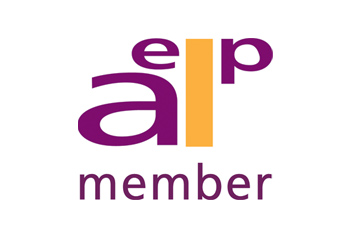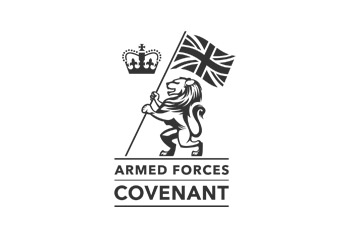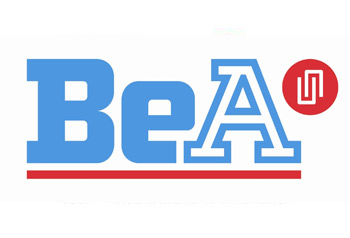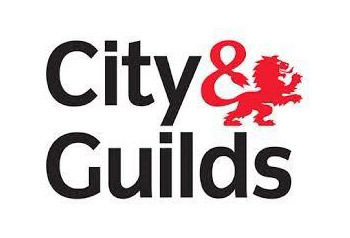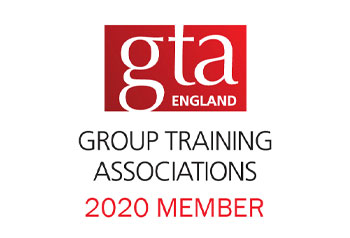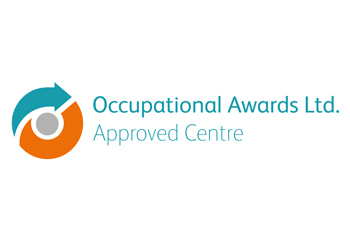Trailblazers
How much do you know? Are you up to date with what is happening with the Apprenticeship frameworks generally and in the furniture manufacturing sector?
Trailblazers are driving the development of the new Apprenticeship standards that are intended to replace all existing Apprenticeship frameworks during the lifetime of this Parliament, commencing from 2017.
In June 2012 the Government commissioned Doug Richard to undertake a review of the apprenticeship system to make sure it was fit for purpose in meeting employer’s needs in a future with a changing and dynamic economy. For some time, the Government has been concerned with the ongoing problems of a low skilled UK workforce, when measured against other OECD countries, and more so amongst young people where the level of basic skills remains weak. Apprenticeships have become the primary vocational route requiring a step change in skills development.
In November 2012 “The Richard Review” was published. The results concluded that the apprenticeship process was: 
- complex and bureaucratic;
- not clearly defined and of variable content and quality;
- not always relevant or focussed necessarily on meeting the skills needs of employers;
- measured by the achievement of qualifications rather than focus on developing ‘competency’ in a job role;
Doug Richard, in his recommendations wanted to re-define the characteristics of an apprenticeship linking it to a ‘real job’. He felt that training should address sustained and substantial skills development alongside the development of transferable skills. In order to achieve this he wanted employers placed at the forefront in both design and development of apprenticeships with the purchasing power handed over to the employer.
Fundamentally the Government agreed with many of the recommendations made in the Richard Review and published “The Future of Apprenticeships in England – Implementation Plan”. The response to the review was the concept of a new “Trailblazer” process whereby:
- Responsibility for designing standards that meet employer needs, the needs of the sector and of the economy was devolved to employers.
- Standards are simple, clear and easy to understand and reduced unnecessary bureaucracy,
- The level of skill, knowledge and competency required to operate in a particular job role or sector is clearly defined,
- The standards are subject to rigorous independent assessment which focuses primarily on testing competence at the end of the apprenticeship rather than the achievement of individual qualifications.
- The new apprenticeship standards are graded recognising exceptional performance.
- Employers are required to invest financially alongside Government contribution.
https://www.gov.uk/government/publications/the-richard-review-of-apprenticeships
Future-of-apprenticeships-in-england-implementation-plan.pdf
An overview of the new Apprenticeship Standards
Since the Government response, employer groups have come together across a range of sectors to develop the new Apprenticeship Standards. So what are they?
Apprenticeship
- Aimed at those aged 16 and above
- Available to new and existing employees, but only appropriate where substantial training is required to achieve competency in the occupation
- Provides a stretching programme leading to genuine skills gain, rather than the accreditation of existing skills, and will work towards standards that enable them to perform a skilled role effectively
- Duration is a minimum of 12 months
- Offers a minimum of 20% off-the-job training (may be on or off site)
- Provides English and maths training focused around the achievement of Level 2
- Subject to rigorous, independent assessment against the standard
- Graded as pass, merit or distinction
- Links to professional registration where applicable
Apprenticeship standard
- Short (approx. 2 x A4 pages, excluding assessment annex), concise, easy to understand document
- Relates to a single occupation identified by employers as requiring apprentices
- Describes the skill, knowledge, and competency required to achieve mastery of a specific occupation and to operate confidently in any part of the sector
- Set by employers of all sizes (including small businesses) to meet their needs, the needs of their sector and the needs of the economy
- Meets professional registration requirements in sectors where these exist
- Specifies any English and maths requirements above the minimum
- Indicates duration and level
Assessment Annex
- Concise, employer-defined, high-level assessment approach
- Describes a synoptic end-point assessment appropriate to the content of the standard and assessing across the whole standard
- Assessment incorporates both theoretical and practical elements
- Grading outline
So what has been happening within the furniture manufacturing sector?
The Silentnight Group has led the Trailblazer for the furniture manufacturing sector and has been supported by Proskills and 106 employers from the furniture industry. A steering group led by Silentnight and made up of employer representatives, providers and Proskills have met on a regular basis since it was set up in October 2014. In March 2015, the Department for Business, Innovation and Skills (BIS) approved the first 3 pathways of the Furniture Manufacturing Level 2 standard.
This covered:-
- General Furniture Manufacturing
- Bed Manufacturer
- Modern Upholstery
Since that time, further work has been done to develop the standards and assessment plans for the remaining areas of:-
- Furniture Finisher
- Furniture Restorer
- Foam Convertor and Upholstery Cushion Interior Manufacturer • Fitted Furniture Installer
- Wood Machinist
- Furniture CNC Specialist
The final standard for Furniture Manufacturing was submitted to the Department of Business, Innovation and Skills (BIS) in January 2016 and we are currently awaiting approval.
How will the new standards work in practice?
Each apprentice will take the occupational route that is best suited to the business they work in. They will be required to complete all the core requirements of Knowledge, Skills and Behaviours as set out in the standard alongside the set number of requirements for their chosen pathway.
For apprentices that have not yet achieved level 2 in English and/or maths; as a minimum they must achieve level 1 in English and/or maths as appropriate. They will also be required to take the test for level 2 prior to completion of their endpoint assessment. Note that this does not mean they have to achieve the level 2 test.
There are no qualification requirements in the furniture manufacture standard. However that is not to say an employer cannot request the qualifications as part of the apprenticeship but the costs of which will not be co-funded by Government.
It will be up to the employer to determine when the apprentice should be put forward for the end point assessment in partnership with the provider and apprentice.
Assessment will be in the form of:-
- A portfolio of evidence which the apprentice will develop throughout their apprenticeship.
- Knowledge tests will be taken in the areas of Health & Safety and the Furniture Industry.
- Observation of the apprentice manufacturing furniture or parts of furniture, covering the occupational outcomes in the standard, over a two-hour period. This will be undertaken by an independent organisation not involved with the training delivery or employer. A panel of the employer, provider and assessment organisation will then discuss the grading with the overall decision made by the assessment organisation.
The apprentice will need to pass all 3 end point assessments to pass and must achieve a combined weighted score of over 80% to achieve a distinction.
It is suggested in the standard that a typical apprenticeship in furniture manufacturing will take 24 months to complete. The following diagram shows the process:-
Benefits of the new standards
There are many benefits associated with the new standards including:
- They are truly employer-led with standards corresponding to the skills and competencies identified as relevant to employers.
- Quality is improved through a rigorous and independent end-point assessment whereby achievement is assessed on competency to carry out a job role as opposed to the achievement of a qualification.
- Apprentices will develop transferable skills making them more valuable employees.
- The new standards are simple and easy to understand.
- Employers will have the purchasing power.
More information about the new standards can be found at apprenticeship-standards or Proskills_apprenticeship-standards-england
Alternatively speak to one of our members of staff on 01159 677771 or email info@webstraining.com


